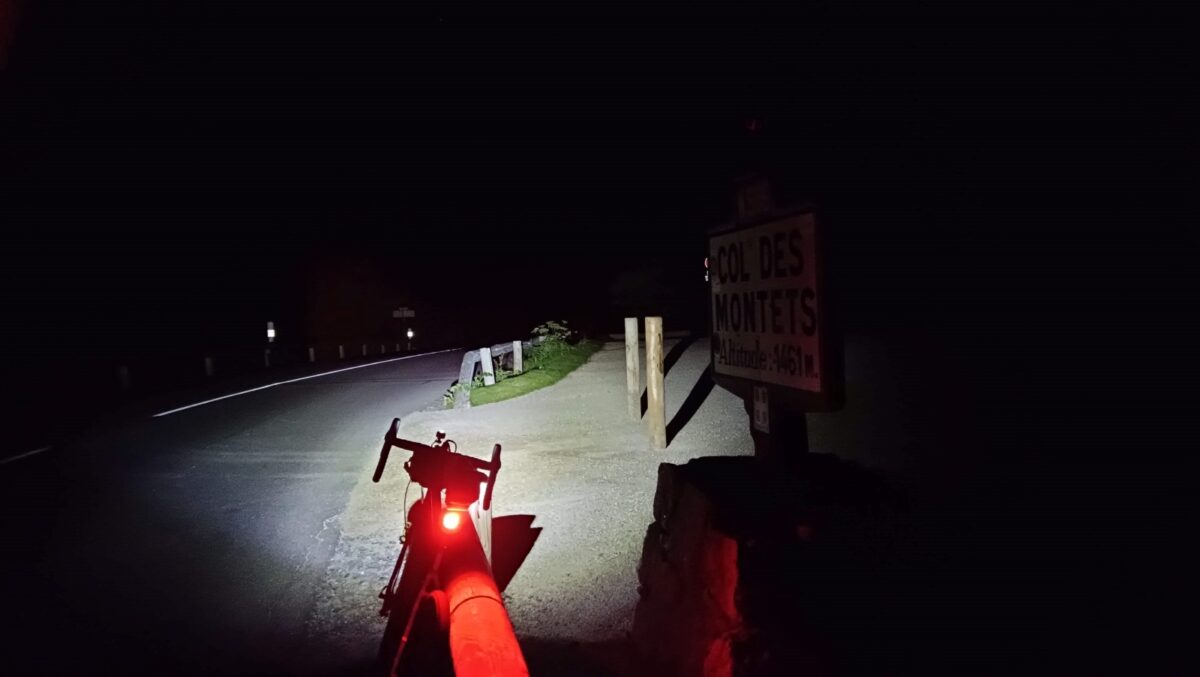
At some point today, the Artemis 1 rocket should have been launching on the first stepping stone mission to go back to the future moon. Obviously, space travel is hard and complicated, so that’s been cancelled. Again.
The last time a human stood on the moon was the Apollo 17 mission in December 1972, near 50 years ago. Before even that though, there was Apollo 8. In December 1968 the 3 astronauts of Apollo 8 became the first humans to see the dark side of the moon. Apollo 11 gets the plaudits for landing on the moon, but Apollo 8’s hard, complicated, journey into the completely unknown was what made it possible.

It wasn’t easy. In 1962 Kennedy gave his famous speech ” We choose to go to the Moon in this decade….. and do things not because they are easy, but because they are hard. ”
Obviously, this was little to do with doing hard things for hard things sake and mostly because the USSR had kinda jumped ahead by firing man, dog and tortoise into space and he needed a big bold statement to put the U.S. back on the top of the world. Initially he’d thought of creating drinking water for the whole world, but later settled on shooting for the moon.
Which is where Apollo 8 comes in, as they had to shoot for the moon, and miss. By about 100km (or miles as those imperial heathens insisted on using)

The entire project is maybe the best example of what humans can do if you put enough clever, motivated people in a room together and throw lots of money at them. Or maybe the reason how a team of over 400,000 was able to achieve what most thought was impossible is that they were all simply too young and inexperienced to know it wasn’t possible. The average age in mission control was 28. Just kids. Can someone remind me again which generation seems to be doing the running in dealing with the climate crisis again? Funny that.

The run up to Apollo 8 ‘s flight had been dogged by setback and tragedy. In April 1968 the Saturn V rocket still wasn’t working. Not just a little bit not working, the last test flight before it would be used for the manned Apollo 8 mission saw all 3 of the 3 stages that the rocket would use to get into space fail in one way or another. Despite this, with the deadline of putting boots on the moon by the end of the decade fast approaching, it was decided that something big needed to be done and something big would be to send a mission round the moon in a few months’ time, way ahead of schedule, way ahead of when people thought they would be ready.
Astronaut Bill Anders was asked by his wife what he thought the chances of success were. His reply: one in three that the mission worked, one in three they at least made it back to earth, one in three they didn’t manage that. Which isn’t great odds really, but still, on 21st December 1968 he said goodbye to his wife and headed to Kennedy Space Centre none the less.
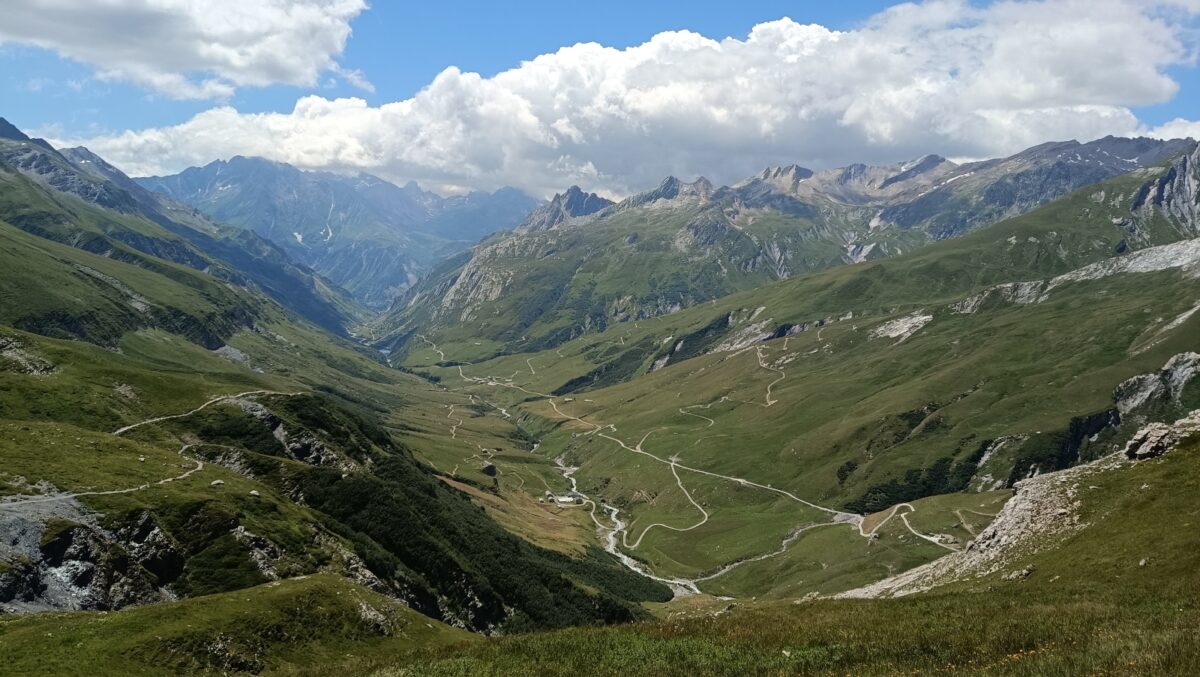
Obviously he wasn’t alone. The crew of three, Frank F. Borman II, James A. Lovell Jr. and William A. Anders, should be as well known as Gagarin or Armstrong, Aldrin and Lightyear and definitely better known than Columbus.
Their journey might not have the first man in space, nor first on the moon titles, but the mission was there to prove it could be done. Think of it as the first time a couple visits Ikea. Sure the mission is only to get to the cafe and eat a Daim cake then return home without an argument, but the trip proves it should be possible to buy a full Billy storage system when they return next.
And it’s Michael Collins, not Buzz Lightyear.
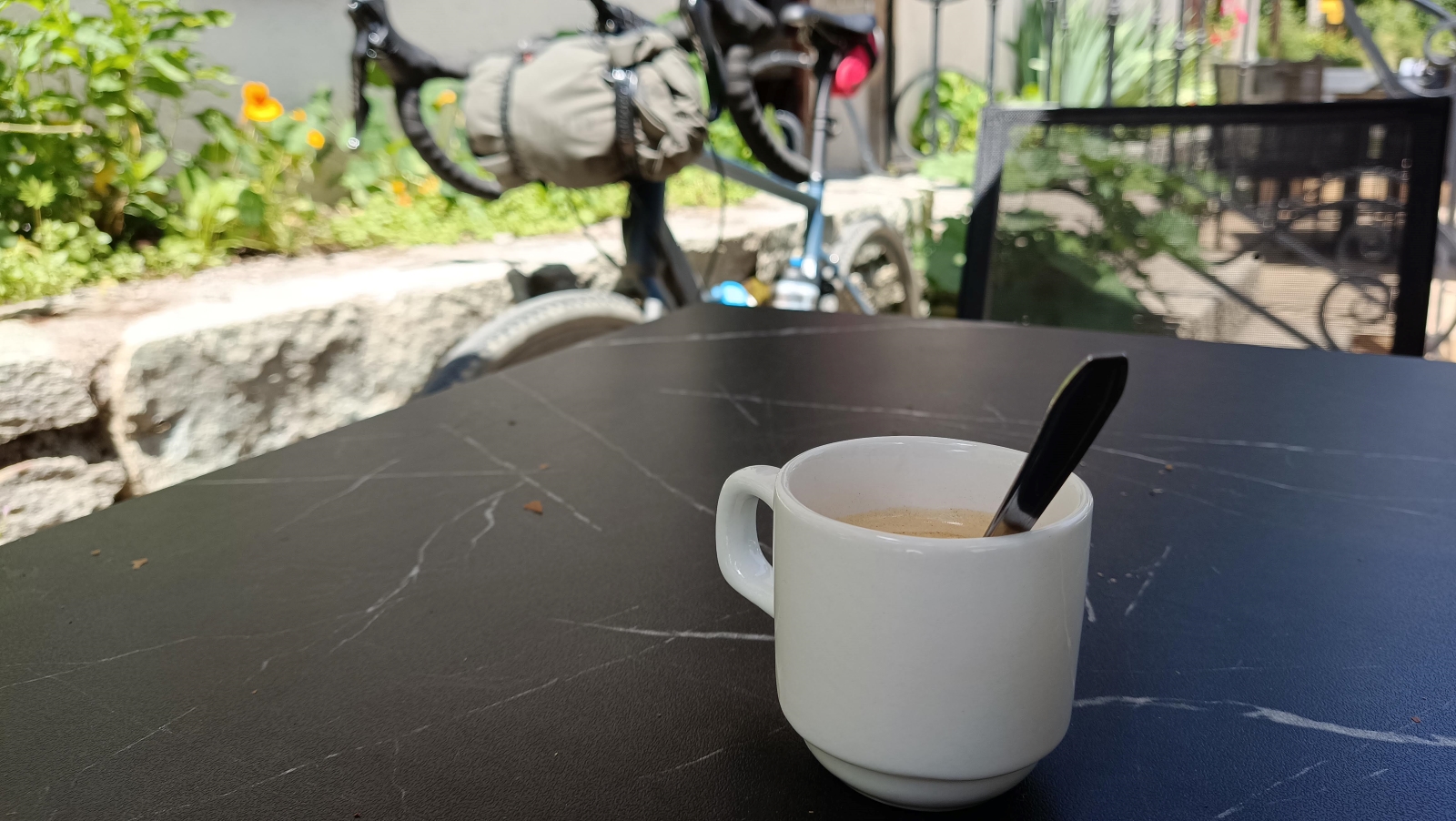
There were computers in ‘68, they just weren’t very good.
More accurately, they just weren’t very good compared to what we have now. Unlike the people, who very much were very good compared to what we have now. It’s about a ¼ million miles from earth to the moon. To change direction in space you need to invoke Newtons third law; every action has an equal and opposite reaction, and fire a rocket a bit. Obviously every time you fire yon rocket, you use fuel, and fuel is heavy, and heavy is your enemy when trying to leave earth’s orbit, so you need to carry as little fuel as possible, so you need to make as few corrections as possible. Imagine a straight road a mile long and trying to line your bike up to go straight without corrections for the entire length of the road. Now try that for a distance two hundred and fifty thousand times greater.
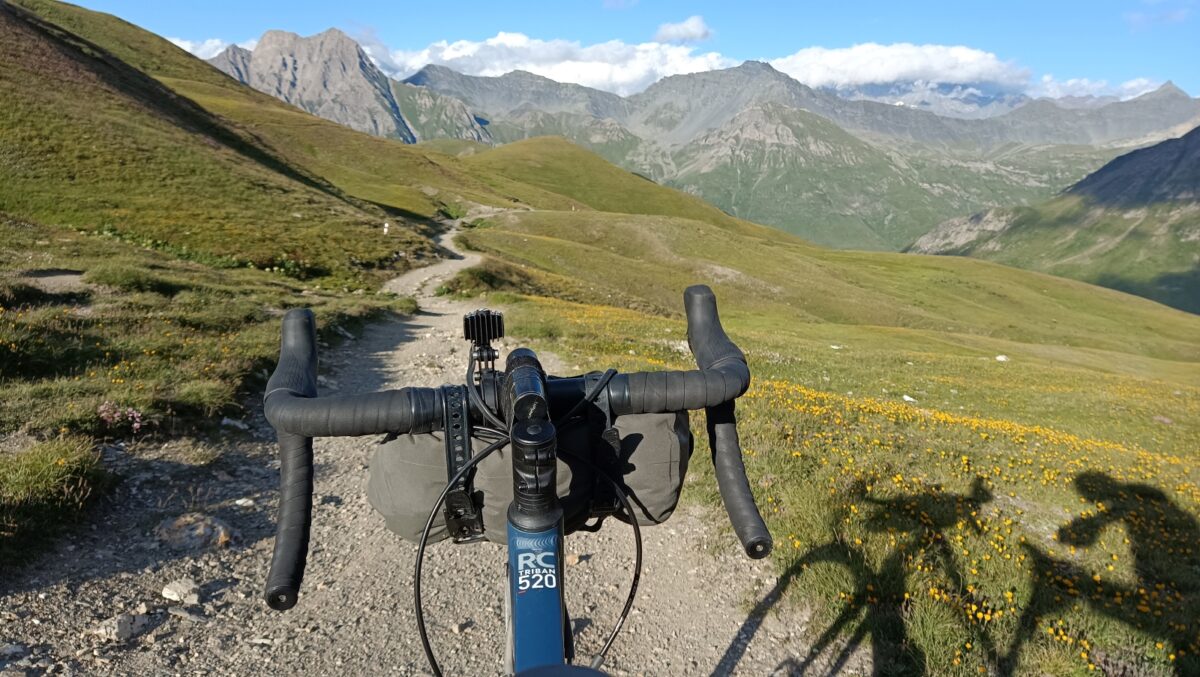
Not only that, the only way to make the trip was to use the gravitational forces of both the earth and the moon to slingshot the craft around the moon. All these forces, influences, vectors had to be calculated to allow the astronauts had to arrive at the moon at exactly the right angle; too steep and the moon’s gravity would pull them in and there wouldn’t be enough power in the rockets to prevent them hitting the surface (everyone onboard talked of their desire to have been the first crew to land on the moon, but presumably they all wanted to be the first crew to take off from it again and all) whilst arriving at too oblique an angle and they’d just bounce off the atmosphere and skip off into space.
Forever.
So they kinda had to get it right.

These calculations were all done by hand, well brain really, with the added stress that computer simulations really weren’t what they are now, so finding out if you’d got the numbers right wasn’t theory. Finding out if the numbers right would be if Apollo 8 came back after it went round the dark side of the moon.

Being behind a big lump of rock meant there was no signal with earth. Those onboard would be alone, looking at a side of the moon never seen by human eyes, and with only a rudimentary onboard navigation computer and a sextant for taking course readings from the stars out the capsule window to know if they’d got it right. Those in mission control would be completely in the dark. And you thought the phone signal blackspot in the Argentiere basin made it feel a bit remote. Imagine sitting in mission control, with no radio contact, no communication at all, just waiting and watching the countdown clock for the estimated point signal would return as they came back round.

And waiting.
And then signal.
The numbers were pretty much bang on and Apollo 8 was orbiting 100km above the surface of the moon. To mark this momentous occasion the first message to mission control went “Ok Houston, the moon is essentially grey”.
Stirring stuff.

Then, on the way to the fourth orbit, Bill Anders took one of the most famous photos of all time; Earthrise.
Listen to the radio recording, the awe in the astronauts voices as the earth comes up into view is palpable, the vision of the brilliant blue spec, this tiny planet, in the vastness of space. How alone it is. “We came all this way to explore the Moon, and the most important thing is that we discovered the Earth” said Bill later. Which I guess mibbies shows that the whole Apollo project was just a very expensive way of proving what every Pixar movie since ever has told us. That the answer always lies within…
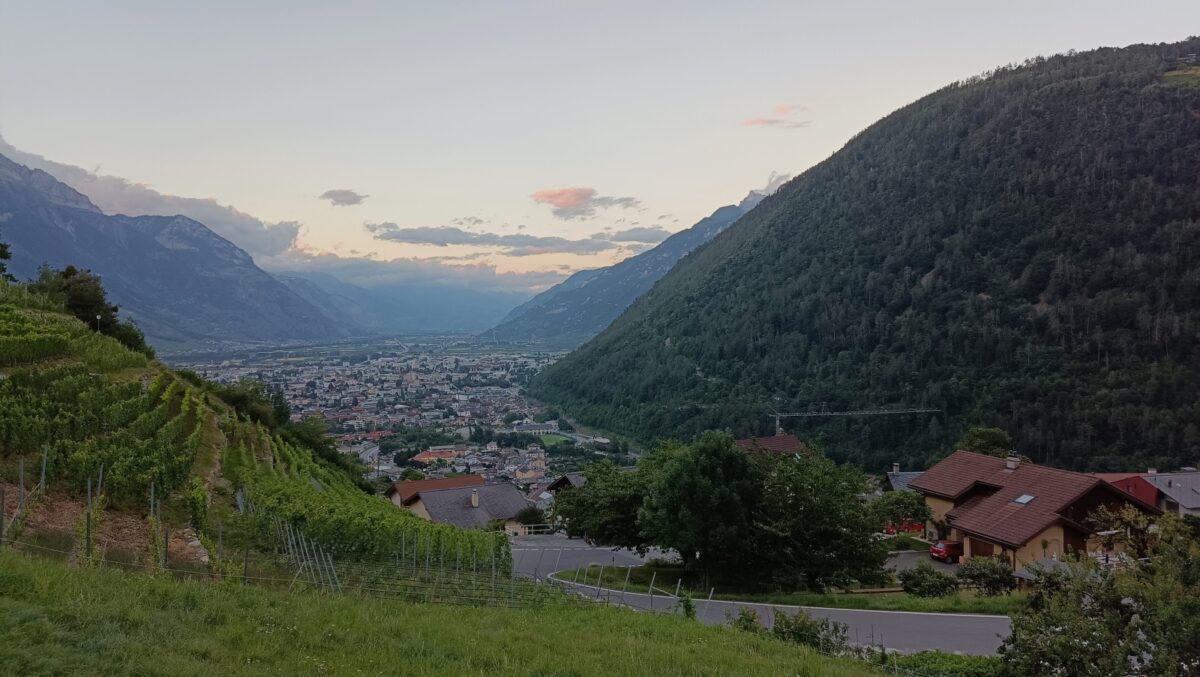
Eleven weeks ago I didn’t go to the moon. I didn’t risk my life, I definitely didn’t take any great photos, I didn’t need to tell my wife I had a one in three chance I might die. But I did try a big journey that I really wasn’t sure if I could do, and went round the dark side of Mont Blanc and back. Having been round, over and under Mont Blanc umpteen ways, I’ve wanted to try a day version of the Tour du Mont Blanc for a while now. I’ve also not really felt particularly fit after injuring my knee in the winter and, liking the comfort of knowing I’m strong enough for any day in the guiding season to take away some of the anxiety that I’m not good enough, giving the ride a go seemed a good way to either kill two birds with one stone. Or fail spectacularly and go back to rehab. It would be very boring to tell you about it, so I won’t, but I’m glad I did the ride and learnt a lot* plus hopefully it gives me confidence to leave my comfort zone again sometime.
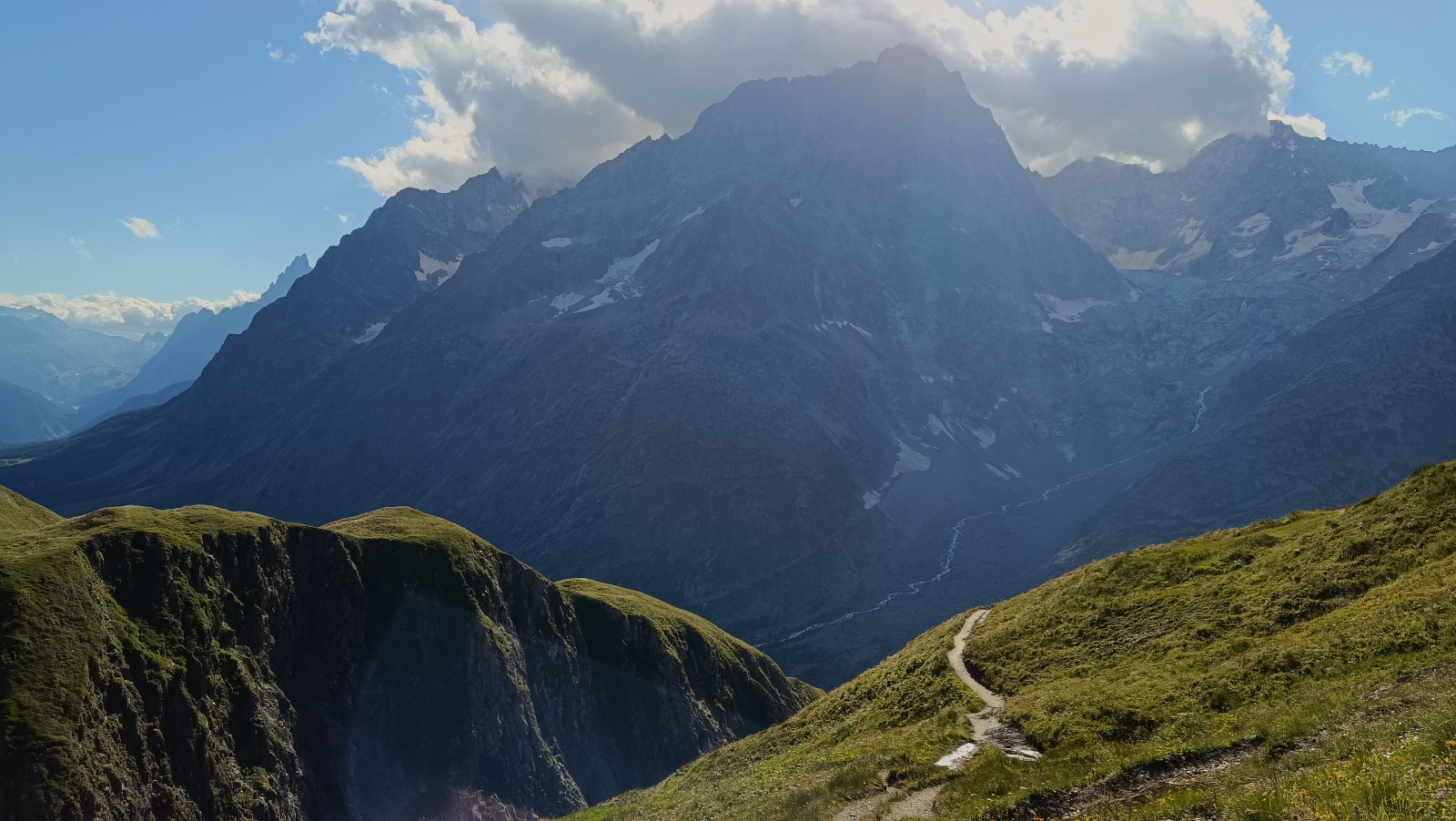
It might not have been seeing the entirety of the earth in a whole new light, but I did get to see the Mont Blanc massif in new way. Specifically, in a very dry way. After a low tide winter and one of the earliest heatwaves on record, the mountains look parched in a way I’ve never seen before. Actually, in a way no one’s seen before, unless Methuselah walks amongst us, as it seems we’re in the worst drought in 500 years.
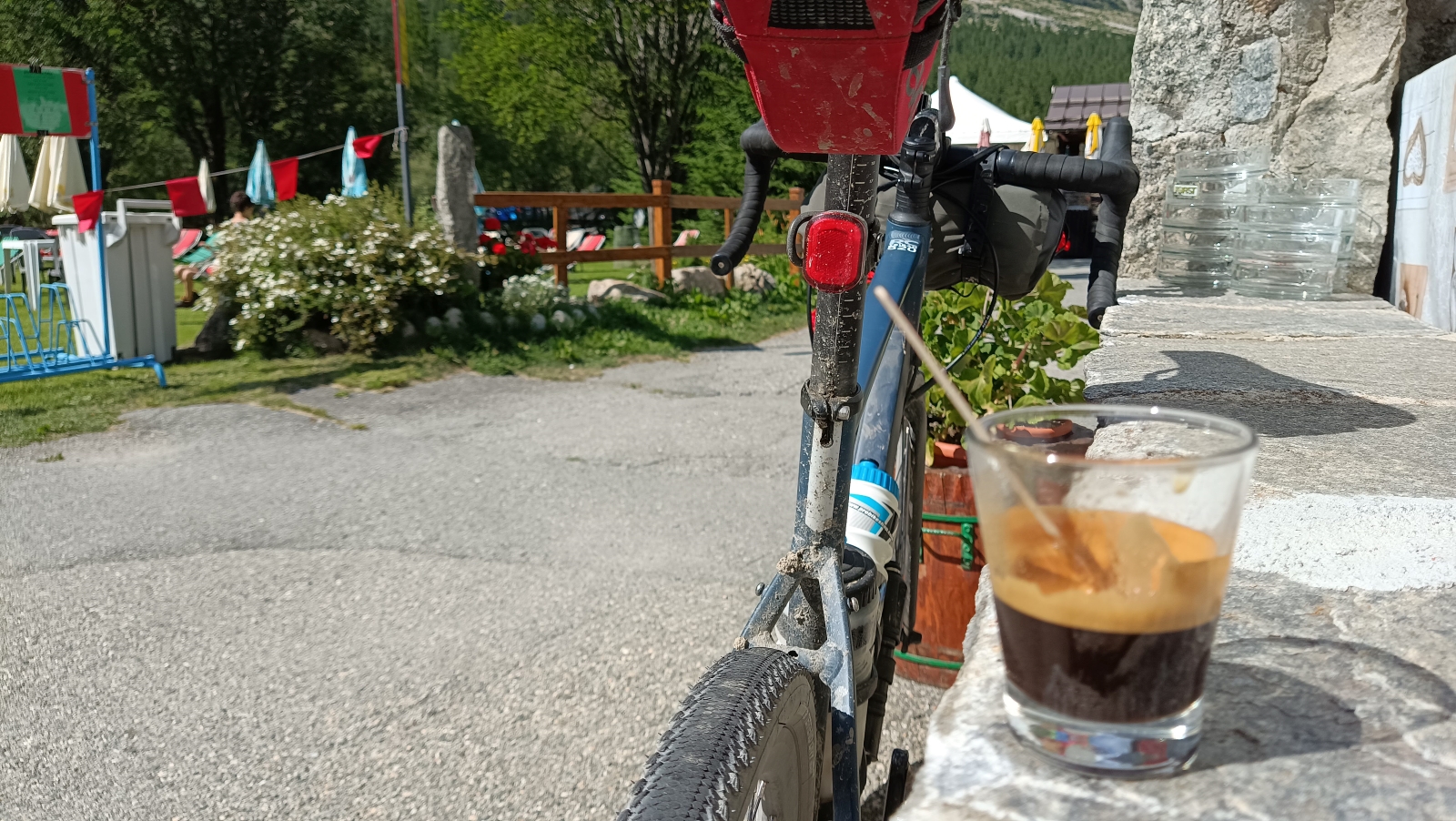
And this could be a chance to complain and throw hands in the air and say something needs to be done by someone. And we should, near ¾ of global CO2 emissions are courtesy of only 100 corporations. In fact, your top 3 are Saudi Arabian Oil Company (Aramco), Chevron and Gazprom OAO. But we don’t need to just do that. If you stop eating beef once a week you’ll save about 350kg CO2 a year, which is roughly 0.1% of fuck all in the face of an estimated annual 23.5 thousand kilotons of CO2 from the U.S. military. Individual actions don’t really work, do they…? We’re near enough 8 billion individuals strong on earth. Imagine if we all did a little bit, if we all made some little changes, imagine the power we’d have then. The answer lies within, have you never seen Toy Story?

*So one thing I learnt was that I’ve been pissing about with shit bike lights for too long. A friend hooked me up with some moonlight mountain gear lights, the bright light is laughably, ridiculously, bright. So I took the tiny wee light, and instead delighted in blinding any oncoming traffic that wouldn’t dip their headlights by giving them a burst of the full power 😆
